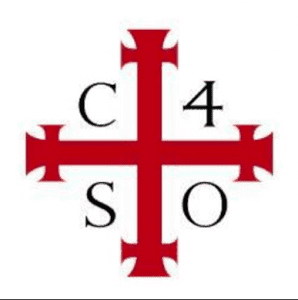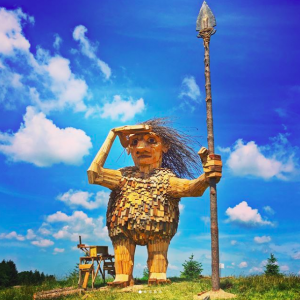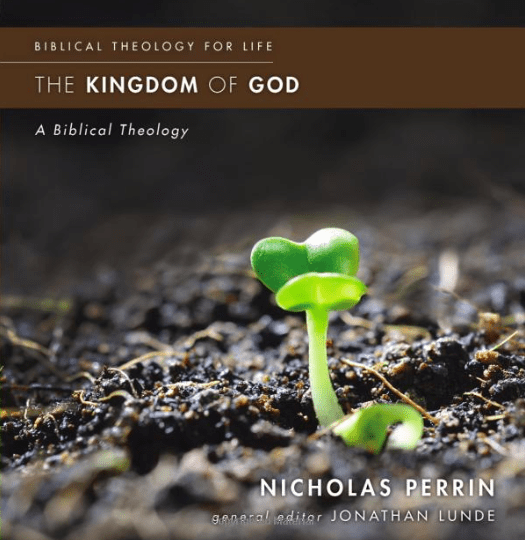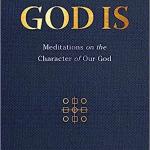If you want to know what Messianic Judaism was (in the New Testament era) and what it is today, here’s the book: David Rudolph and Joel Willitts, Introduction to Messianic Judaism: Its Ecclesial Context and Biblical Foundations. The book is afloat with excellent studies about all the crucial topics — both today and in the 1st Century.
Over the years I’ve read a number of books on Messianic Judaism, including the important study of Daniel Cohn-Sherbok, but this book both “supersedes” (excuse me) that one and introduces us to a critical juncture in Messianic Judaism studies. In five or ten years this book may well need some new legs because MJ has become a serious field in itself and developments are happing rapidly. Decisive in all of this is the “Jewish Turn” in biblical and theological studies — that discovery of the Dead Sea Scrolls in the aftermath of the Holocaust led to renewed scholarship bent on relearning how to examine the Bible in Jewish context, and then from EP Sanders (1977) on New Testament studies experienced a revival of interest in re-framing NT history and theology in light of the Jewish Turn. This book floats well in these waters.
A sampling of studies in the book: MJ synagogues, worship and prayer, Scripture, Jewish tradition, ethics, outreach, women, MJ in the Land of Israel, national organizations, MJ and the Jewish World, MJ and the Gentile World, Jewish-Christian dialogue. For the NT stuff: Matthew, Luke-Acts, James, interdependence and mutual blessing, Israel and the church, equality, mission-commitment, and the issue of supersessionism.
What then is Messianic Judaism? This statement, from the Union of Messianic Jewish Congregations, and found on p. 136 in Rudolph and Willitts, states the issues well in that it defines the Messianic Jewish community as “a distinct part of the Body of Messiah”:
Jewish life is life in a concrete, historical community. Thus, Messianic Jewish groups must be fully part of the Jewish people, sharing its history and its covenantal responsibility as a people chosen by God.
At the same time, faith in Yeshua also has a crucial communal dimension. This faith unites the Messianic Jewish community and the [Gentile] Christian Church, which is the assembly of the faithful from the nations who are joined to Israel through the Messiah.
Together the Messianic Jewish community and the Christian Church constitute the ekklesia, the one Body of Messiah, a community of Jews and Gentiles who in their ongoing distinction and mutual blessing anticipate the shalom of the world to come.
Do you think separable bodies — the Gentile Christian Church and the Messianic Jewish community — fractures the One Body? Do you think it is what Paul had in mind in his mission?














